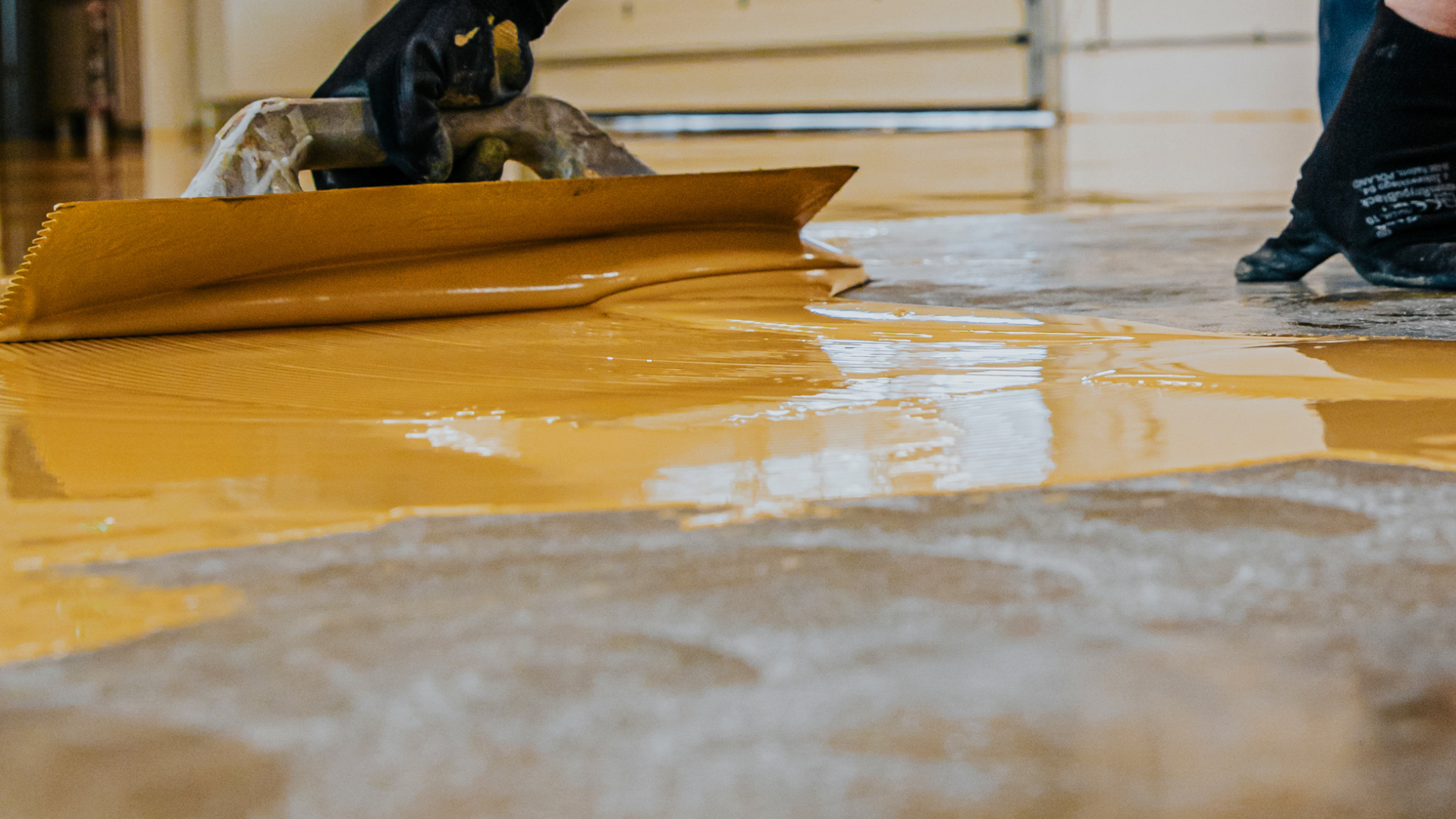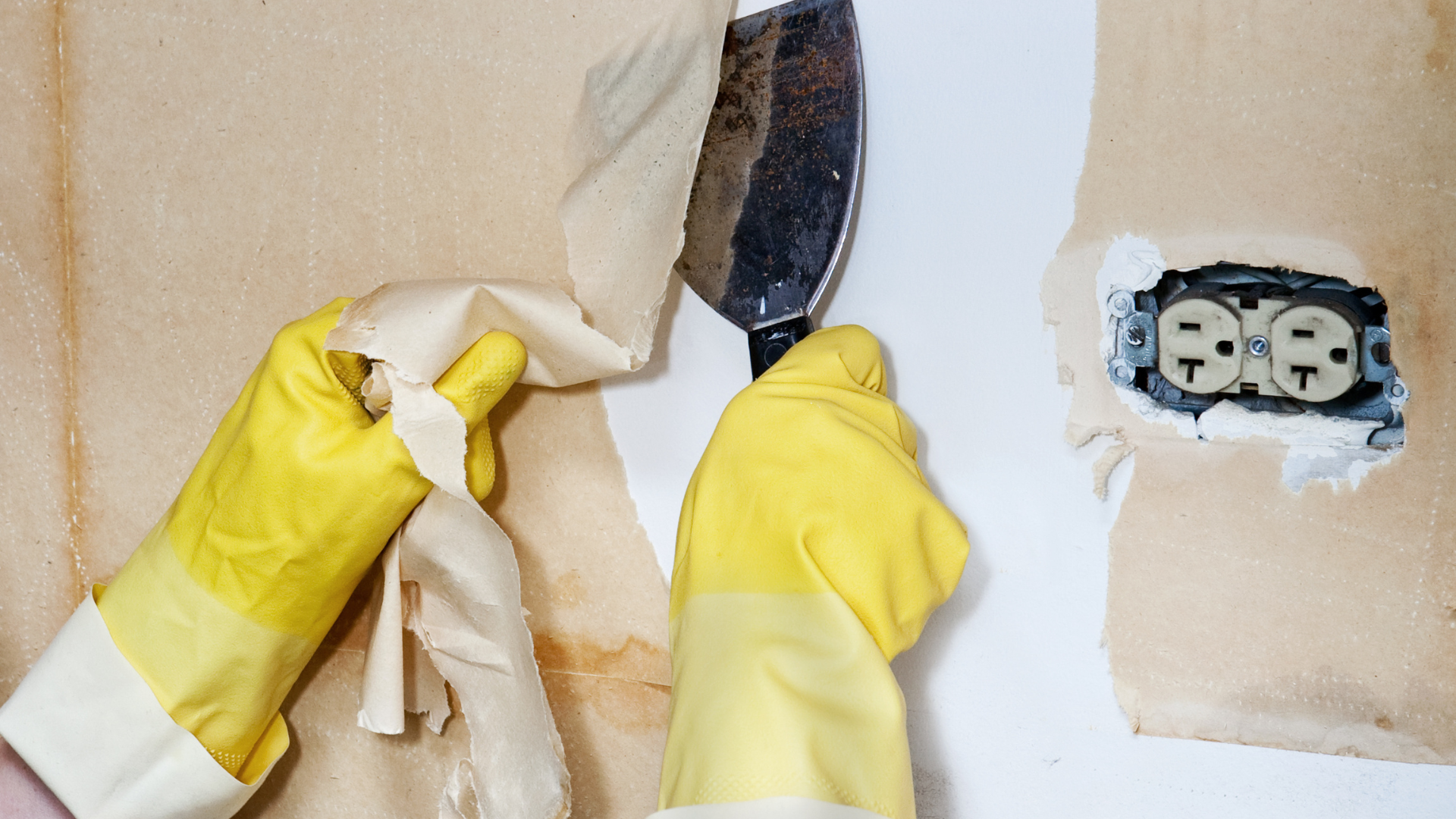Hospitals and healthcare facilities face unique challenges when it comes to maintaining their interiors. High-traffic areas, such as hallways, waiting rooms, and examination rooms, require surfaces that not only withstand constant wear and tear but also promote a clean and healing environment. Choosing the right painting and coating solutions is essential for durability, maintenance, and the overall well-being of patients and staff.
Durability is Key
Choosing the Right Materials
High-traffic areas in hospitals need surfaces that can stand up to heavy use. Durable paints and coatings are specifically designed to resist scuffing, chipping, and staining. Additionally, these materials can handle frequent cleaning and disinfection without degrading, which is crucial in a healthcare setting. High-quality acrylic and epoxy-based paints are often recommended for their longevity and resilience.
Importance of Proper Application
The durability of a paint job isn’t solely dependent on the materials used but also on the application process. Professional painters understand the importance of surface preparation, including cleaning, sanding, and priming, to ensure optimal paint adhesion and finish. Proper application techniques also minimize the risk of peeling and cracking, extending the lifespan of the paintwork.
Health and Safety Considerations
Low-VOC and Antimicrobial Options
The selection of low-VOC (volatile organic compounds) paints is critical in hospital settings to protect indoor air quality and ensure a safer environment for patients and staff. These paints reduce the emission of harmful chemicals, contributing to better respiratory health and comfort.
Antimicrobial coatings offer an additional layer of protection by inhibiting the growth of bacteria, mold, and mildew on painted surfaces. These innovative solutions are particularly beneficial in healthcare facilities, where controlling the spread of infection is a top priority.
Aesthetic and Functional Benefits
Creating a Healing Environment
The color and finish of walls and surfaces play a significant role in creating a calming and healing environment. Soft, soothing colors can help reduce stress and anxiety for patients, making their stay more comfortable. Furthermore, certain colors can be used to differentiate areas within the hospital, aiding in navigation and spatial awareness.
Enhancing Lighting and Space Perception
Properly selected paint colors and finishes can also enhance the lighting in a facility, making spaces appear brighter and more welcoming. Reflective paints can be used to maximize natural light, reducing the need for artificial lighting and creating a more energy-efficient environment.
Choosing CoreCom Commercial Painting
When it comes to selecting a painting contractor for your hospital or healthcare facility, it’s crucial to work with a team that understands the unique requirements of high-traffic areas. CoreCom Commercial Painting, based in Maryland, offers specialized painting and coating solutions tailored to the healthcare sector. Our experienced professionals are dedicated to providing high-quality finishes that ensure durability, safety, and a positive atmosphere for both patients and staff.
If you’re looking to enhance the interior of your healthcare facility with exceptional painting services, CoreCom Commercial Painting is your ideal partner. Contact us today to learn more about how we can help transform your space into a healthier, more inviting environment. Let’s work together to create spaces that promote healing and well-being.







